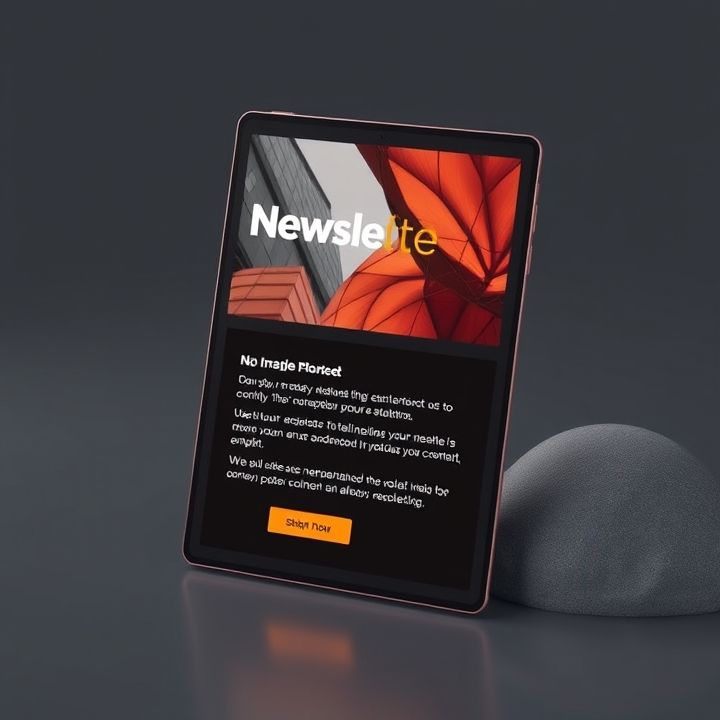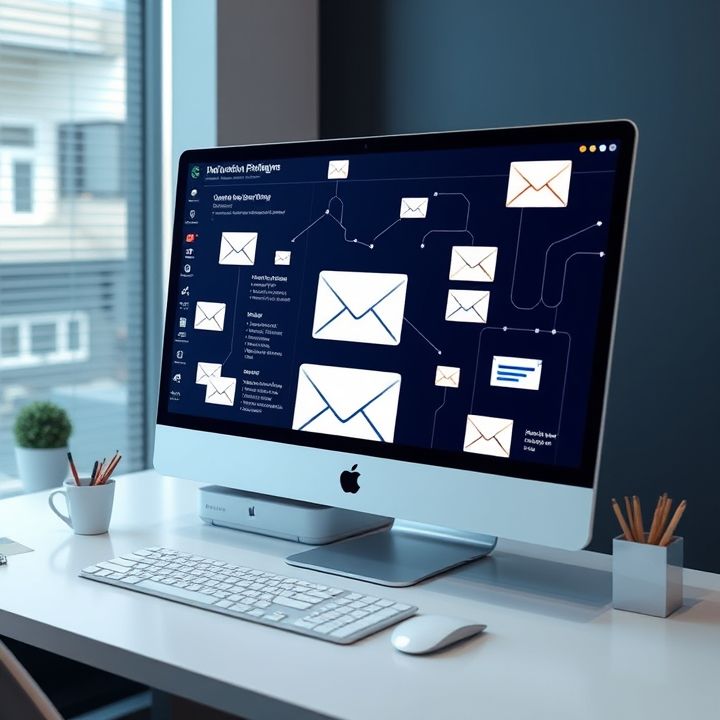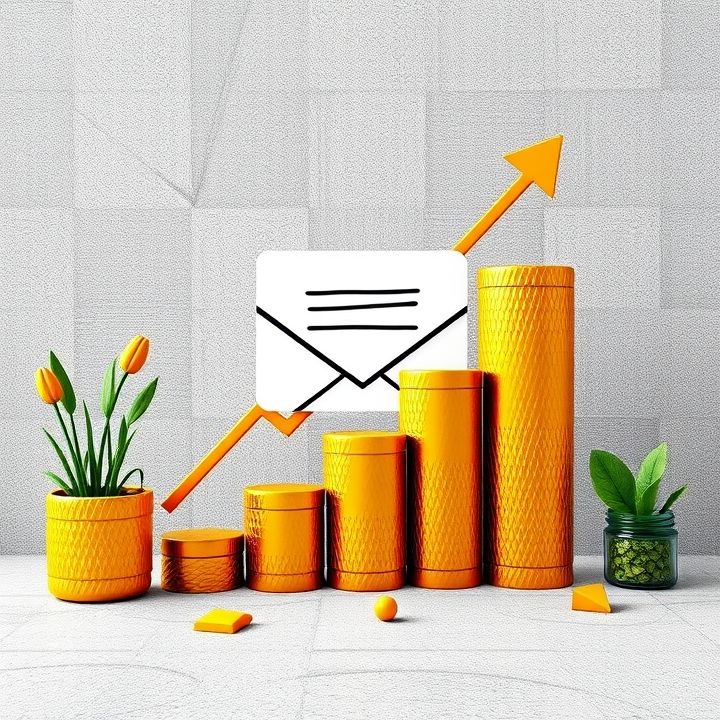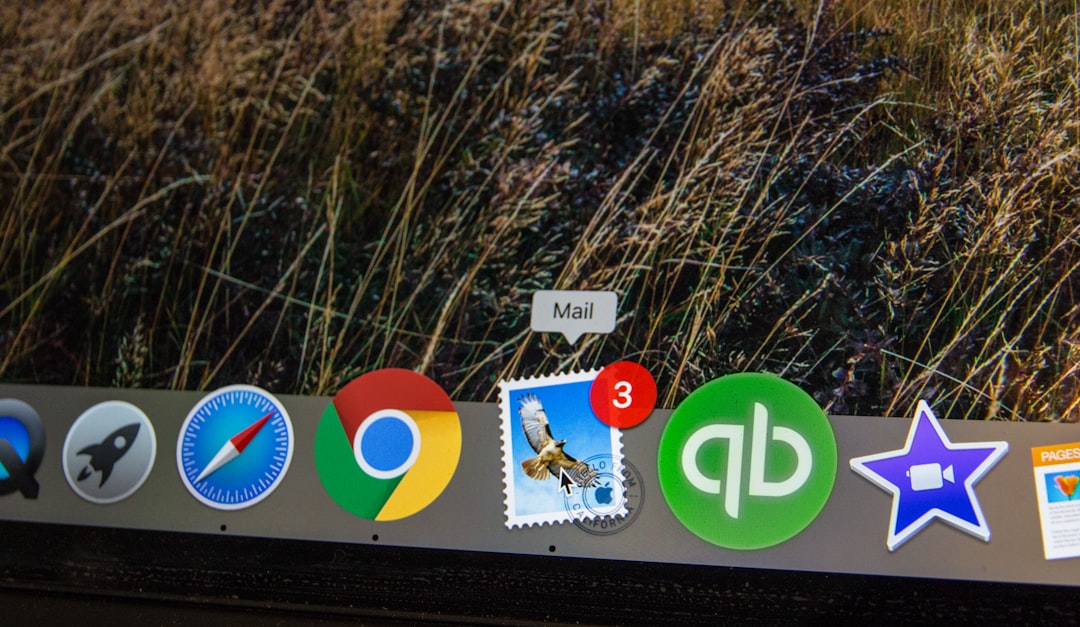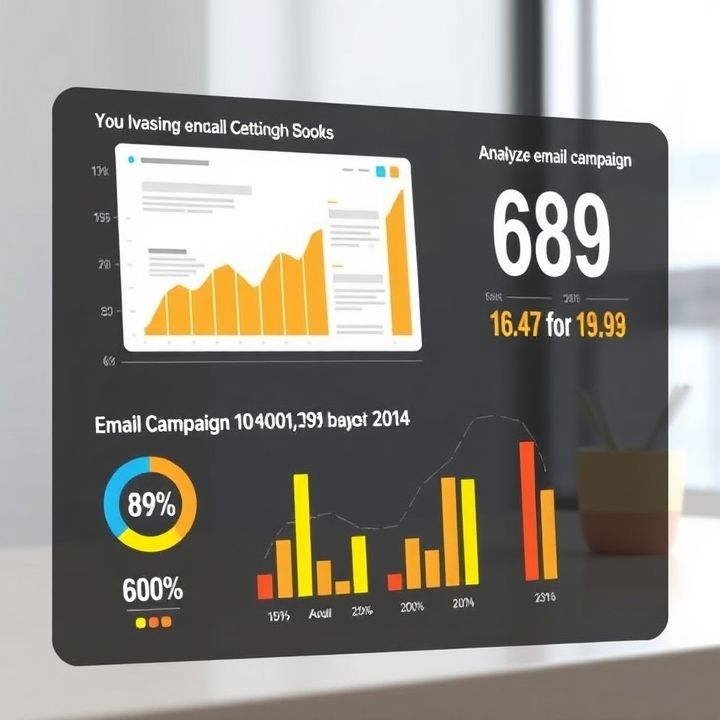Table of Contents
- Introduction
- Understanding the power of customer testimonials in building trust
- Strategies for collecting effective and authentic reviews
- Incorporating testimonials in email design and layout
- Segmenting your audience for targeted testimonial content
- Timing and frequency of sending testimonial-rich emails
- Conclusion
- Frequently Asked Questions
Introduction
Welcome to a transformative journey into the heart of email marketing marvels! In a digital age overflowing with content, standing out and capturing attention is the holy grail of marketing.
Imagine wielding the power of authenticity to break through the noise—where customer testimonials and reviews become your secret weapon. Have you ever wondered how the most successful brands turn feedback into powerful communication tools? In our latest article, “Unlock the Secret to Skyrocketing Email Success,” we delve deep into this underutilized treasure trove.
| Key Benefit | Impact |
|---|---|
| Increased Engagement | Boost open and click-through rates |
| Enhanced Credibility | Build trust and authenticity |
| Conversion Optimization | Turn prospects into loyal customers |
Join us as we unlock the secrets behind high-performing email campaigns, harnessing the persuasive power of genuine customer voices. Intrigued? Let’s dive in!
Understanding the power of customer testimonials in building trust
Customer testimonials are a potent tool in the marketer’s arsenal, primarily because they act as evidence of a product’s reliability and capability. Testimonials and reviews provide social proof that builds trust with potential customers by showcasing the experiences of real users. This psychological effect reassures new prospects that they are making a wise purchasing decision, significantly influencing their buying behavior.
One of the key reasons testimonials hold power is their authenticity. When potential customers read genuine reviews from existing clients, it resonates more than standard marketing copy. Testimonials can highlight specific features, solve common concerns, and offer relatable content that potential buyers find compelling. This trust-based relationship is crucial, especially in the digital space where skepticism runs high.
Integrating customer testimonials into email marketing efforts amplifies their effect by directly reaching a targeted audience. These endorsements can be framed within the email content, creating a narrative that bolsters the product’s credibility. Personalized emails with strategic testimonial placements can drive engagement, ensure higher open rates, and ultimately boost conversion rates. Leveraging customer testimonials effectively can therefore transform a marketing strategy, offering both immediate and long-term benefits for brand loyalty and sales.
Strategies for collecting effective and authentic reviews
Collecting effective and authentic customer reviews is crucial for any email marketing strategy. One effective strategy is to make the review process as simple as possible for your customers. This can be done by sending a follow-up email after a purchase, including a direct link to a review form. Ensure that this form is short, straightforward, and mobile-friendly to increase completion rates. Another strategy is to incentivize reviews by offering small rewards such as discounts or freebies, which can encourage more customers to share their experiences. However, it’s important that these incentives do not bias the authenticity of the feedback. Additionally, personalizing your request for reviews can significantly enhance the response rate. Address customers by their name, and mention specific details about their purchase to make your request feel more tailored. For authentic feedback, consider reaching out to customers who have made multiple purchases or those who regularly engage with your brand, as they might provide more insightful feedback. Lastly, monitor the review process closely and respond to customer feedback, both positive and negative, to show that you value their input. This engagement can lead to richer and more honest testimonials.
Incorporating testimonials in email design and layout
Incorporating customer testimonials into your email design and layout effectively can greatly enhance your email marketing efforts. Testimonials provide social proof, build trust, and can lead to increased conversion rates. When integrating testimonials, consider placing them strategically within your email to capture attention immediately. Highlight them at the top if your goal is to build trust from the outset, or position them near a call-to-action button to reinforce a purchase decision.
Visually, it’s effective to use quotation marks and attribute testimonials to real names, as anonymity can reduce credibility. Use contrasting colors or distinct text styles such as bold or italicized fonts to differentiate testimonials from the rest of your email content. Including high-quality images of the customers giving testimonials can make these snippets even more personal and relatable.
Balancing the text length of testimonials is crucial. Lengthy narratives may disengage a reader, so consider shorter, impactful statements that emphasize the benefits and outcomes experienced by the satisfied customer. Moreover, rotating testimonials regularly can keep your emails fresh and relevant, constantly providing new experiences for your audience to connect with.
Segmenting your audience for targeted testimonial content
Segmenting your audience is a crucial strategy for delivering personalized and effective testimonial content in your email marketing efforts. By categorizing your audience based on specific criteria such as demographics, past purchase behavior, or interests, you can tailor testimonials that resonate more profoundly with each segment. This targeted approach ensures that the testimonials and reviews you include in your emails are relevant and impactful to the recipients. For instance, if you have customer testimonials that highlight specific product benefits, you can segment your audience by the products they’ve previously shown interest in and share testimonials that align with their preferences. Moreover, segmentation enables you to address different stages of the customer journey. New customers might appreciate testimonials that build trust and confidence in your brand, while loyal customers might benefit from reviews that highlight new features or exclusive deals. This level of personalization not only boosts engagement rates but also increases the likelihood of conversion, as recipients are more likely to respond positively to content that speaks directly to their needs and interests. Overall, strategic audience segmentation helps you leverage the power of customer testimonials for more effective email marketing campaigns.
Timing and frequency of sending testimonial-rich emails
Timing and frequency are crucial aspects of sending testimonial-rich emails in your marketing strategy. To maximize the impact, it is essential to identify the optimal times your audience is most likely to engage with your content. This typically involves analyzing your customer data to determine when your emails get the highest open and click-through rates. For many businesses, weekdays during mid-morning or early afternoon tend to garner more attention. However, it’s important to consider the unique behavior patterns of your audience. A/B testing can be an effective method to pinpoint the best times to send out these emails.
As for frequency, striking a balance is critical. Sending testimonial-rich emails too often may lead to audience fatigue, while too infrequently might cause them to lose interest or forget about your offerings. A general guideline is to incorporate testimonials into a broader email strategy, rather than overloading every communication with them. Depending on your campaign goals, sending these emails once or twice a month could be effective. Remember to continuously monitor your engagement metrics, adjusting the timing and frequency as necessary to optimize performance and maintain customer interest.
Conclusion
In conclusion, mastering the power of customer testimonials and reviews is a transformative strategy for any email marketing campaign. By understanding the profound impact testimonials have on building trust and credibility, marketers can leverage this tool to not only engage their audience but also drive conversions and solidify brand loyalty. Implementing strategies to collect genuine and impactful reviews ensures a steady flow of authentic content that can be tailored to resonate deeply with segmented audiences, enhancing the personalized experience. Moreover, the strategic placement and timing of testimonial-rich emails can significantly boost engagement rates, ensuring messages are received when recipients are most receptive. By seamlessly weaving testimonials into your email design, these endorsements become powerful narratives that speak directly to your audience’s needs and expectations. Thus, when orchestrated thoughtfully, testimonials don’t just complement your marketing efforts; they elevate them, driving both immediate and sustained marketing success by transforming potential interests into loyal customer relationships.

